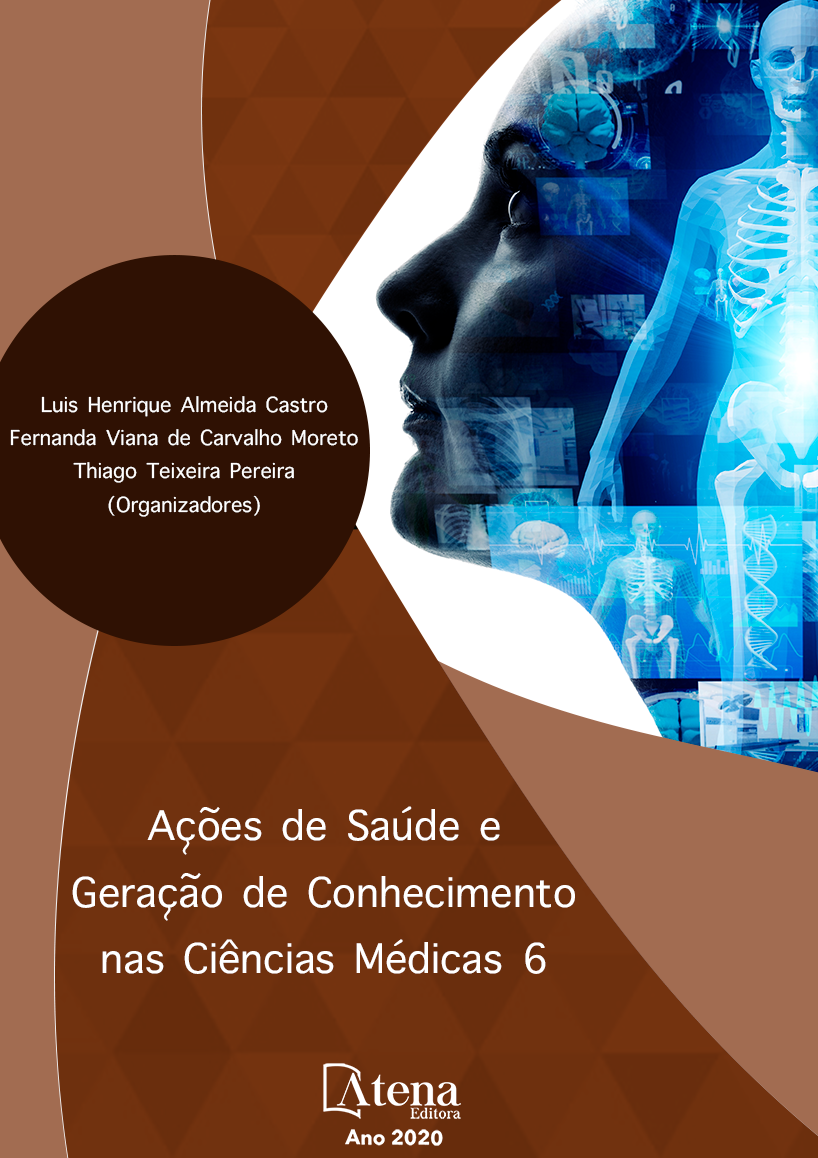
A ORIGEM ZOONÓTICA NA TRANSMISSÃO DE CORONAVÍRUS
Ao longo de milhares de anos os coronavírus vêm sofrendo mutações gênicas e adaptações para maior capacidade zoonótica no poder de contaminação e de evolução para alta letalidade e mortalidade, como vem se observando na atual pandemia de COVID-19, iniciada na China, e disseminada para todos os continentes, gerando um problema de saúde pública mundial. Os morcegos são considerados reservatórios naturais de coronavírus, mas não se pode descartar a participação de outros animais, incluindo aqueles que fazem parte da cultura alimentar de alguns povos. Nesse sentido, buscou-se discutir o papel da transmissão zoonótica do vírus e descrever quais são os animais associados como hospedeiros do coronavírus. Utilizando-se a combinação dos descritores “COVID-19” AND “Animal” AND “Transmission”, nas bases Medline, PubMed e na Biblioteca Virtual em Saúde (BVS) buscou-se publicações nos idiomas inglês, português e espanhol, dos últimos cinco anos e aquelas de maior relevância foram eleitas para compor esta reflexão teórico-conceitual. A análise indicou que existe evidências da origem zoonótica e filogenética do vírus devido ao comércio de animais e que os morcegos, reservatório natural de vírus, são a provável fonte do atual surto de COVID-19. Além disso, deve-se ressaltar que o coronavírus possui transmissão interespécies incluindo aves, porcos, morcegos, roedores, peixes, sendo o camelo o único animal identificado como secretor de vírus por fluidos corporais infectantes responsáveis por surtos anteriores de doenças respiratórias graves.
A ORIGEM ZOONÓTICA NA TRANSMISSÃO DE CORONAVÍRUS
-
DOI: 10.22533/at.ed.0432027072
-
Palavras-chave: COVID-19; Animais; Transmissão.
-
Keywords: COVID-19; Animals; Transmission.
-
Abstract:
Over thousands of years, coronaviruses have been undergoing gene mutations and adaptations for greater zoonotic capacity in the power of contamination and evolution to high lethality and mortality, as observed in the current pandemic of COVID-19, started in China, and disseminated to all continents, creating a global public health problem. Bats are considered natural reservoirs of coronavirus, but the participation of other animals, including those that are part of the food culture of some peoples, cannot be ruled out. In this sense, we sought to discuss the role of zoonotic transmission of the virus and describe which animals are associated as hosts of the Coronavirus. Using the combination of the descriptors “COVID-19” AND “Animal” AND “Transmission”, in the Medline and PubMed databases and in the Virtual Health Library (BVS), publications in English, Portuguese and Spanish from the last five years and those of greater relevance were chosen to compose this theoretical-conceptual reflection. The analysis indicated that there is evidence of the zoonotic and phylogenetic origin of the virus due to the animal trade and that bats, a natural reservoir of viruses, are the probable source of the current outbreak of COVID-19. In addition, it should be noted that the coronavirus has interspecies transmission including birds, pigs, bats, rodents, fish, with the camel being the only animal identified as a virus secretor by infectious body fluids responsible for previous outbreaks of serious respiratory diseases.
-
Número de páginas: 9
- Sara Evelin Penha Gonçalves Soares
- Izabella Pedro da Rocha Langa
- Gustavo José Rossoni Ronchi
- Valmin Ramos da Silva
- Catarina Bubach Ribeiro Alves


